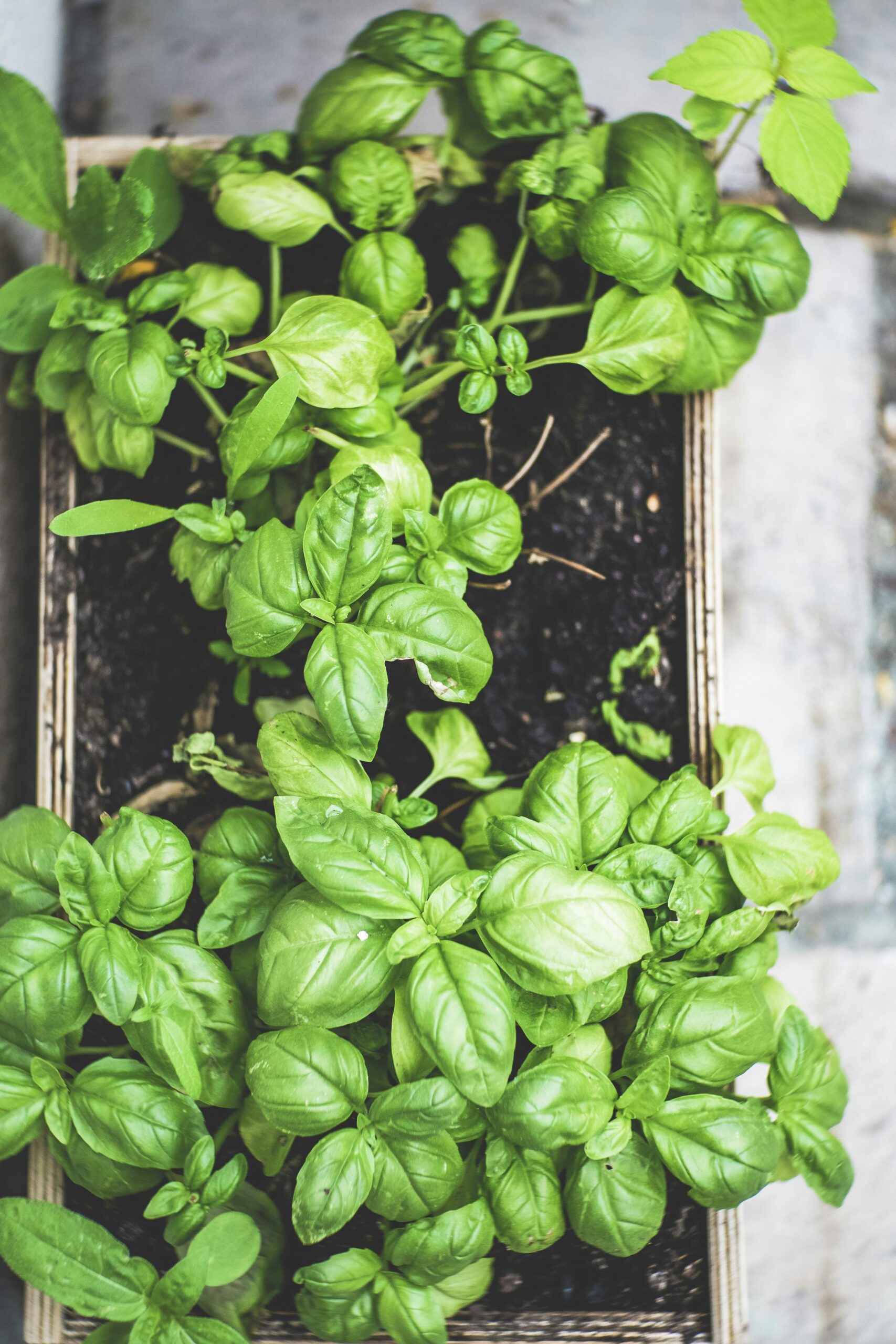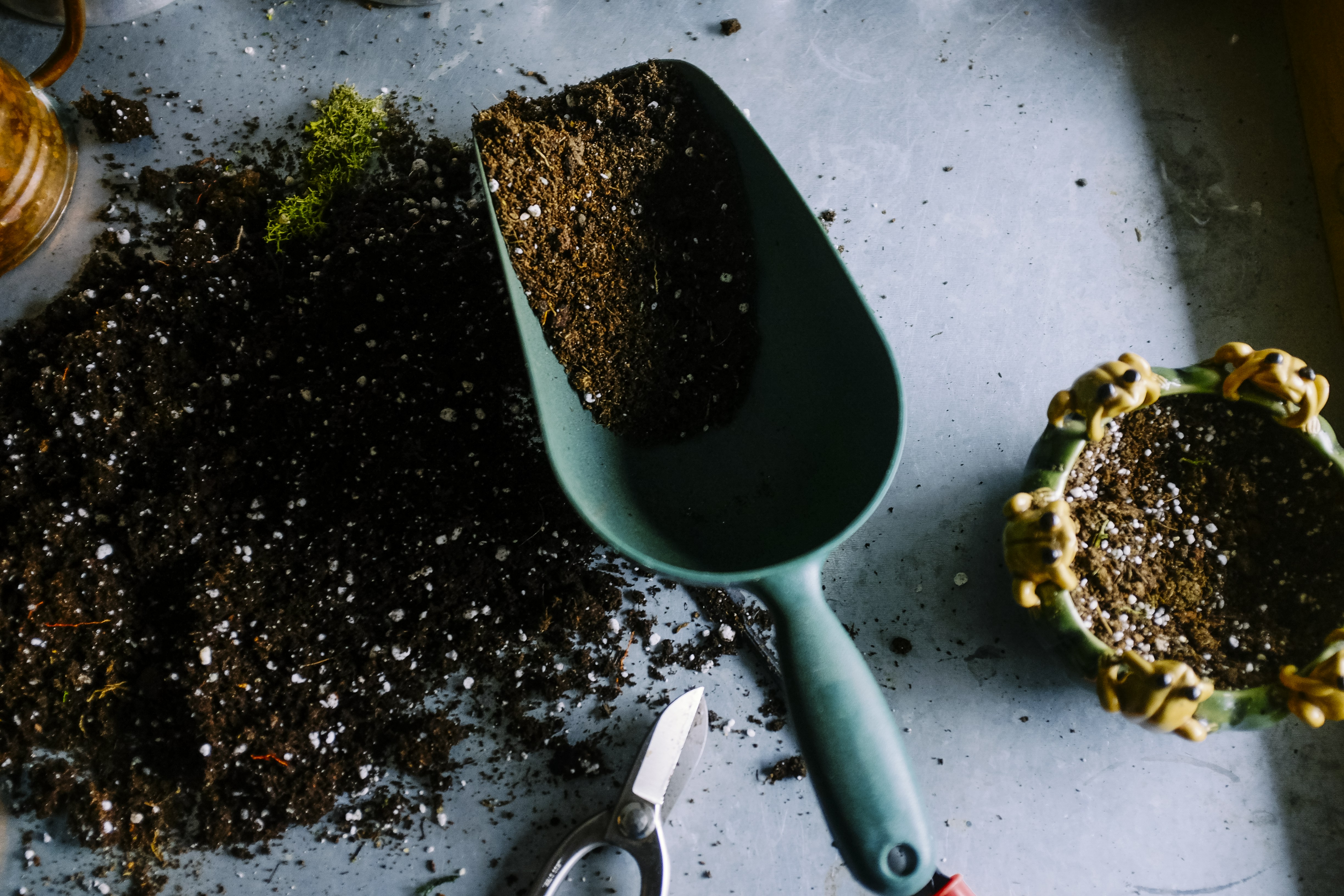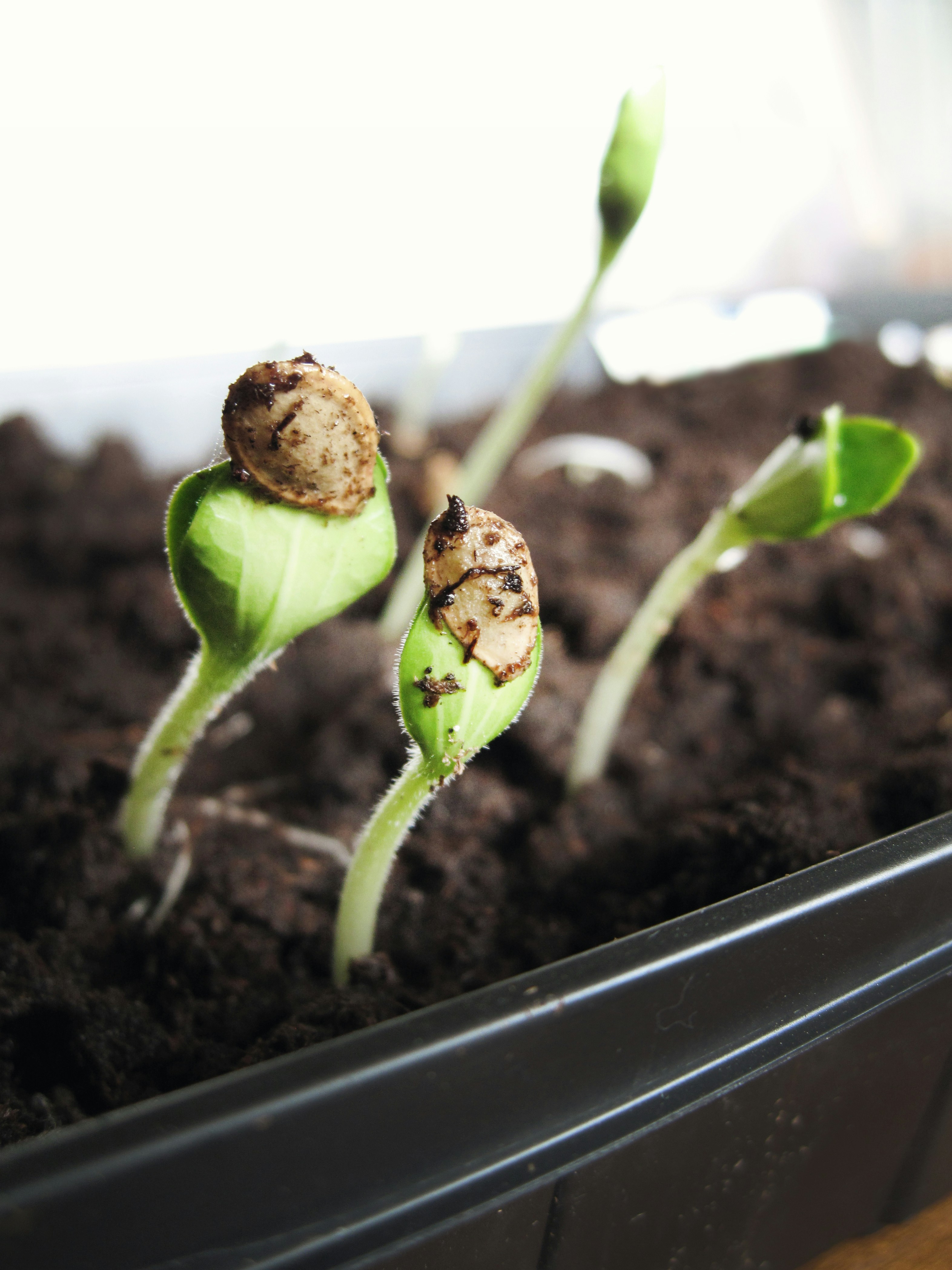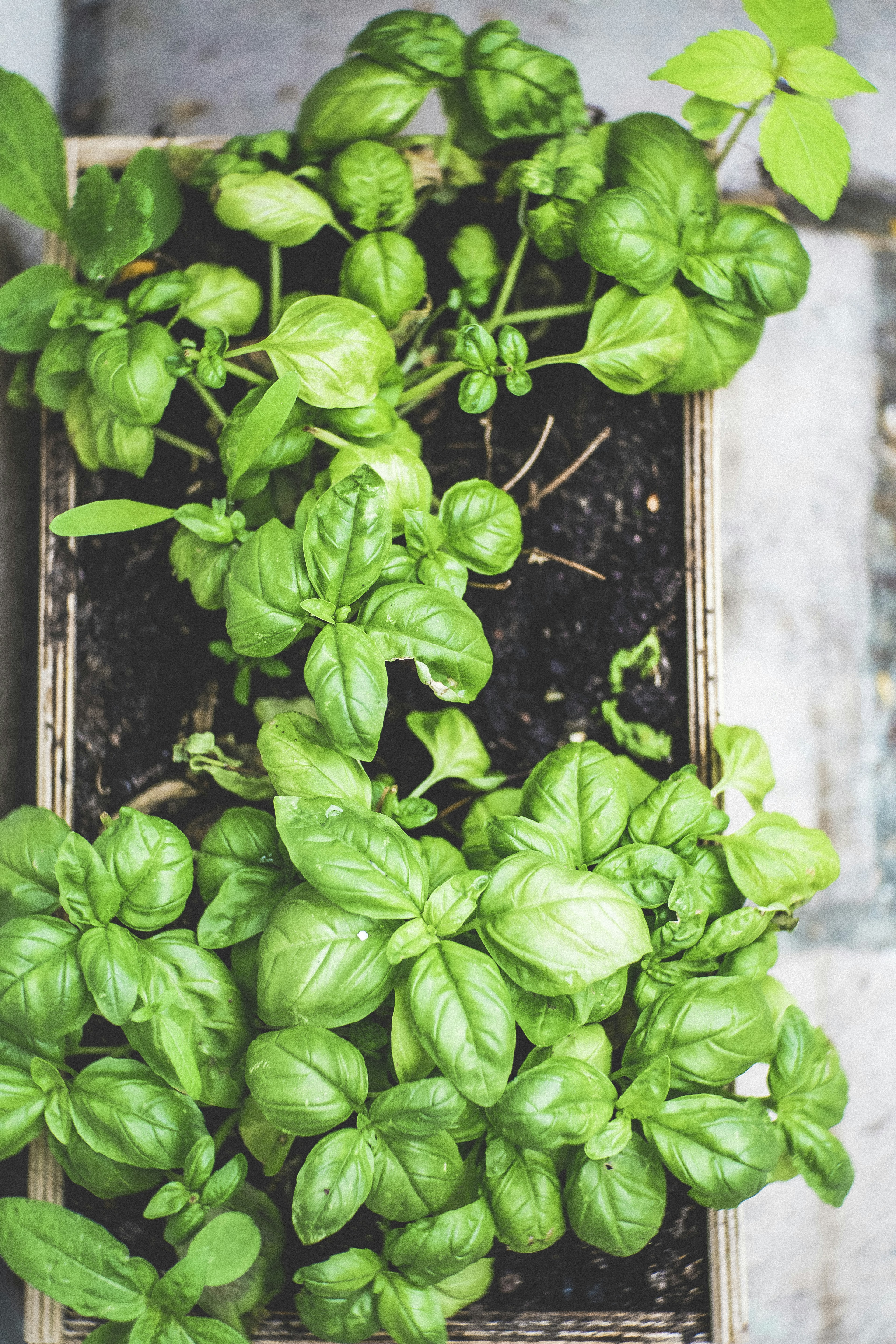Are you curious about the possibility of growing nopal in a controlled environment to achieve the best possible results? Look no further! This article will explore the potential of cultivating nopal in a controlled environment and the advantages it offers. Whether you’re a seasoned gardener or a beginner, we’ll discuss the benefits, challenges, and techniques involved in creating the optimal conditions for growing nopal. So, let’s dive in and discover the secrets to achieving exceptional results with nopal cultivation!
Choosing the Right Variety
Consider the Climate and Environment
When choosing a variety of nopal to grow in a controlled environment, it is important to consider the climate and environment in which the plant will be grown. Nopal plants thrive in warm and arid regions, so it is important to recreate these conditions in the controlled environment. Consider the temperature and humidity levels required for optimal growth, as well as the amount of sunlight and air circulation the plants will need.
Selecting Disease-Resistant Varieties
Another factor to consider when choosing a variety of nopal for a controlled environment is disease resistance. Nopal plants can be susceptible to certain diseases, such as bacterial soft rot and fungal infections. To ensure the best chance of success, it is recommended to choose disease-resistant varieties that are less likely to be affected by these issues. This will help to minimize the risk of disease and promote healthy plant growth.
Choosing Varieties Suitable for Controlled Environments
Not all varieties of nopal are suitable for growing in a controlled environment. Some varieties may require more space or specific conditions that are difficult to replicate indoors. When selecting a variety, it is important to choose one that is well-suited for controlled environments. Look for compact varieties that can thrive in containers or smaller growing spaces. These varieties are often better able to adapt to the conditions of a controlled environment and can provide optimal results.
Setting up the Controlled Environment
Determining the Ideal Temperature and Humidity Levels
To set up a successful controlled environment for nopal plants, it is crucial to determine the ideal temperature and humidity levels. Nopal plants thrive in warm and arid conditions, so maintaining a temperature range of 70 to 85 degrees Fahrenheit (21 to 29 degrees Celsius) is recommended. In terms of humidity, nopal plants prefer low humidity levels, ideally between 30% and 50%. Monitor and adjust these levels accordingly to provide the best growing conditions for your nopal plants.
Providing Sufficient Light
Light is an essential factor in the growth and development of nopal plants. In a controlled environment, it is important to provide sufficient light to mimic the natural sunlight they would receive outdoors. Consider using artificial lighting sources such as grow lights or high-intensity discharge (HID) lamps to provide the necessary light intensity and duration. Aim for at least 12 to 14 hours of light per day to promote healthy growth and photosynthesis.
Creating Adequate Air Circulation
Air circulation is vital for controlling temperature and humidity levels, preventing the buildup of pests and diseases, and ensuring the proper exchange of gases for plant respiration. In a controlled environment, it is important to create adequate air circulation by using fans or ventilation systems. This will help to prevent stagnant air and promote healthy growth for your nopal plants. Monitor the air circulation regularly to ensure it is sufficient for the needs of the plants.
Preparing the Growing Medium
Choosing the Right Soil Composition
The choice of soil composition is crucial for the successful growth of nopal plants in a controlled environment. Nopal prefers well-drained soil with a pH range of 6 to 7.5. Look for a soil mix that provides good drainage and aeration. A combination of sandy soil, perlite, and coco coir can create an ideal growing medium for nopal plants. Before planting, ensure that the soil composition is suitable and meets the specific needs of the nopal plants.
Adding Organic Matter for Nutrient-Rich Soil
To provide the necessary nutrients for nopal plants, it is beneficial to add organic matter to the growing medium. Organic matter, such as compost or well-rotted manure, can improve soil structure, enhance water retention, and provide essential nutrients. Mix in a generous amount of organic matter into the soil before planting to promote healthy growth and optimal nutrient uptake for your nopal plants.
Ensuring Proper Drainage
Proper drainage is essential for nopal plants to prevent waterlogged soil and root rot. In a controlled environment, it is important to ensure that the growing medium has proper drainage. Choose containers with drainage holes or ensure that the growing area allows excess water to flow away from the roots. Regularly monitor the moisture levels and adjust watering practices accordingly to ensure the plants receive adequate water without becoming waterlogged.
Planting Nopal in a Controlled Environment
Starting with Healthy and Disease-Free Cuttings
When planting nopal in a controlled environment, it is crucial to start with healthy and disease-free cuttings. Look for cuttings that are firm, green, and have no signs of damage or disease. Inspect the cuttings carefully for any pests or abnormalities before planting. Starting with healthy cuttings increases the chances of successful growth and reduces the risk of introducing diseases or pests into the controlled environment.
Planting Cuttings at the Right Time
Timing is important when planting nopal cuttings in a controlled environment. The ideal time for planting is during the spring or early summer when the plants are naturally entering their growth phase. This allows the cuttings to take root and establish themselves before they enter their dormant period. Plant the cuttings at a depth of about 2 to 3 inches, ensuring that at least one pad is above the soil line. This will provide the best conditions for growth and development.
Spacing and Depth of Planting
Proper spacing and depth of planting are important considerations when planting nopal in a controlled environment. Allow enough space between each plant to ensure adequate air circulation and minimize competition for resources. A spacing of about 1 to 2 feet between plants is generally recommended. Additionally, plant the cuttings at a depth of 2 to 3 inches, with at least one pad above the soil line. This will provide the necessary support and stability for the growing plants.
Watering and Nutrient Requirements
Developing a Watering Schedule
Establishing a regular watering schedule is crucial for the successful growth of nopal plants in a controlled environment. Nopal plants prefer moderate watering, allowing the soil to dry out slightly between waterings. Avoid overwatering, as this can lead to root rot and other issues. Monitor the moisture levels of the soil regularly and adjust the watering frequency accordingly. Aim to water the plants deeply and thoroughly, ensuring the entire root zone is adequately moistened.
Understanding Nopal’s Nutrient Needs
Nopal plants have specific nutrient requirements for optimal growth. They require a balanced supply of macronutrients such as nitrogen, phosphorus, and potassium, as well as micronutrients like iron, zinc, and manganese. Implementing a regular fertilization schedule can help meet these nutrient needs. However, it is important to understand the specific nutrient requirements of nopal plants and adjust the fertilizer application to avoid nutrient imbalances.
Applying Fertilizers in Proper Amounts
When applying fertilizers to nopal plants in a controlled environment, it is important to do so in proper amounts. Start by conducting a soil test to determine the nutrient levels and any deficiencies. Based on the results, choose a balanced fertilizer specifically formulated for cacti and succulents. Follow the instructions on the fertilizer packaging to apply the appropriate amount. Avoid over-fertilization, as this can lead to nutrient imbalances and potential damage to the plants.
Managing Pests and Diseases
Identifying Common Pests Affecting Nopal
While nopal plants are generally resistant to pests, they can still be affected by common garden pests such as aphids, mealybugs, and scale insects. Regularly inspect the plants for signs of pest infestation, such as distorted growth, sticky residue, or visible pests. Identifying the specific pests affecting the nopal plants is essential for implementing effective pest control measures.
Implementing Integrated Pest Management Techniques
Integrated Pest Management (IPM) techniques can be effective in controlling pests in a controlled environment. IPM involves a combination of cultural, physical, and biological control methods to manage pests. This can include measures such as handpicking pests, using insecticidal soaps or oils, introducing beneficial insects, or employing natural predators. Avoid using chemical pesticides unless necessary, as they can harm beneficial insects and disrupt the balance of the controlled environment.
Treating and Preventing Common Diseases
Nopal plants can be susceptible to diseases such as bacterial soft rot and fungal infections. To treat and prevent these common diseases, it is important to maintain proper hygiene and sanitation in the controlled environment. Remove any infected or damaged pads or plant parts immediately to prevent the spread of disease. Ensure proper air circulation and avoid overwatering, as excess moisture can promote disease development. If necessary, apply fungicides or bactericides according to the instructions and recommendations for the specific disease.
Pruning and Training Nopal Plants
Promoting Growth and Shape through Pruning
Pruning is an important aspect of nopal plant care in a controlled environment. Regular pruning helps promote growth, shape the plants, and control their size. Remove any damaged, diseased, or dead pads or branches to maintain plant health. Additionally, pruning can be done to shape the plants according to preference. Use clean and sterilized pruning tools to prevent the spread of diseases, and prune during the dormant period or in early spring for optimal results.
Training Nopal to Grow Vertically
Training nopal plants to grow vertically can help optimize growing space in a controlled environment. This can be achieved by using support structures such as trellises, stakes, or strings. Gently tie the pads to the structure as they grow to encourage upward growth. Regularly monitor the plants and adjust the ties as needed to ensure proper support and vertical growth. Proper training helps to optimize space utilization and promote the health and productivity of the nopal plants.
Removal of Diseased or Damaged Pads
If any pads or branches of the nopal plants become diseased or damaged, it is important to remove them promptly. Diseased or damaged pads can attract pests or spread infections to healthy parts of the plant. Use clean and sterilized pruning tools to remove the affected pads or branches, making clean cuts just above healthy tissue. Proper removal of diseased or damaged pads helps to prevent the spread of diseases and maintain the overall health of the plants.
Harvesting Nopal
Determining the Ideal Harvest Time
The ideal harvest time for nopal pads can vary depending on the specific variety and the intended use. Generally, the pads are harvested when they are young and tender, before they become too tough or woody. Harvesting should be done when the pads reach a length of about 6 to 8 inches and are a vibrant green color. Regularly monitor the pads and harvest them before they become overripe or develop scars or blemishes.
Harvesting Nopal Pads Properly
When harvesting nopal pads, it is important to do so properly to maintain plant health and productivity. Use clean and sharp pruning tools to make clean cuts just below the joint or node where the pad attaches to the main plant. Avoid damaging the main plant or neighboring pads during the harvesting process. Handle the harvested pads with care to avoid any bruising or damage. Proper harvesting techniques help promote plant regeneration and ensure a bountiful harvest.
Managing Harvested Pads for Longer Shelf Life
To extend the shelf life of harvested nopal pads, it is important to handle and store them correctly. Remove any dirt or spines from the pads and rinse them with clean water. Allow the pads to dry completely before placing them in a breathable container or bag. Store the pads in a cool and dry location, preferably in a refrigerator, to slow down the natural ripening process. Proper handling and storage techniques help to maintain the quality and freshness of the harvested nopal pads.
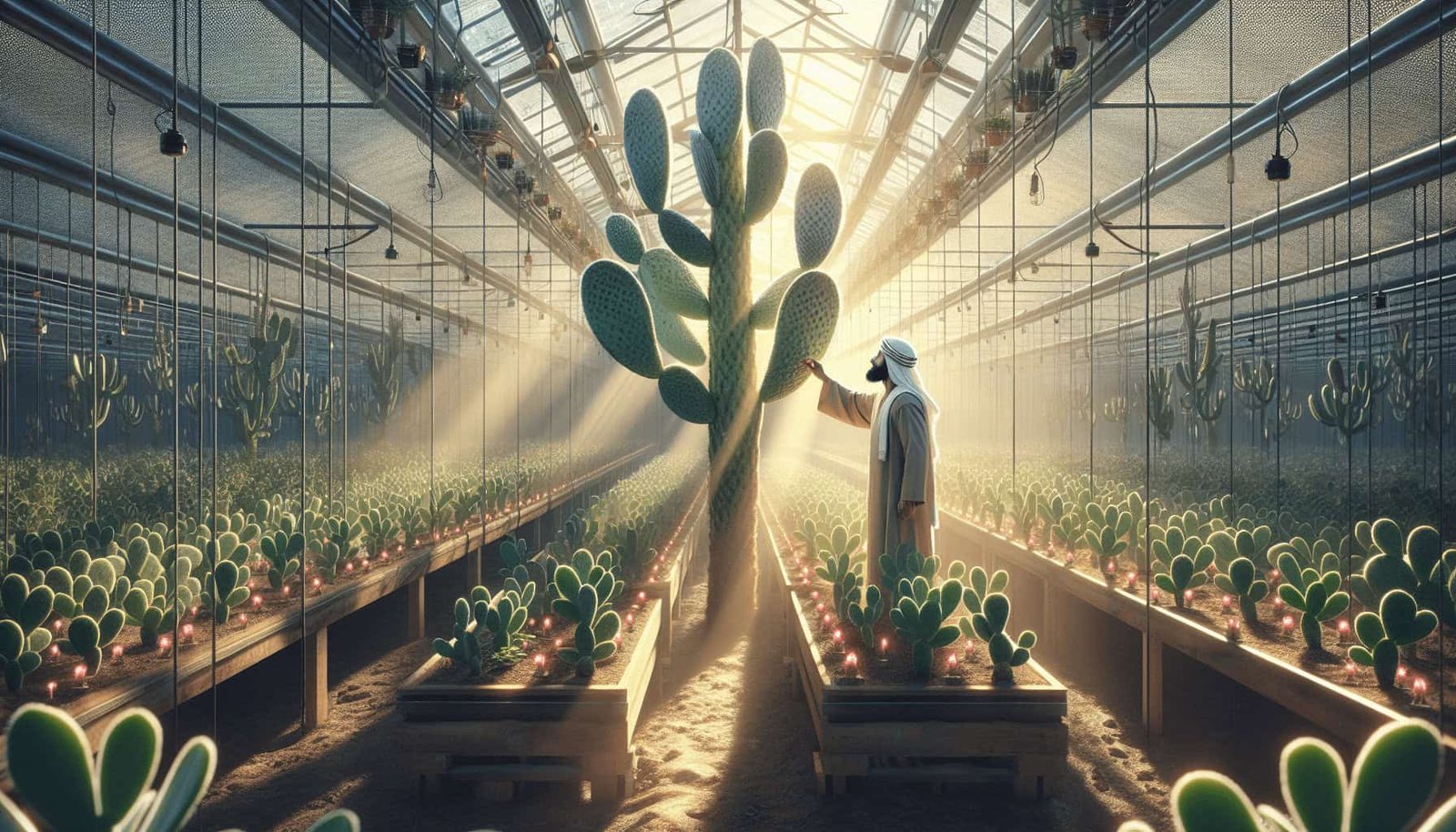
Maintaining the Controlled Environment
Regular Inspection and Maintenance
Regular inspection and maintenance of the controlled environment are crucial for optimal results. Monitor the plants for any signs of stress, disease, or pests. Check the temperature, humidity, and light levels regularly and make any necessary adjustments. Inspect the irrigation system, fans, and other equipment for proper functioning and cleanliness. By conducting regular inspections and addressing issues promptly, you can ensure the controlled environment remains in optimal condition for the growth of your nopal plants.
Monitoring and Adjusting Temperature and Humidity
Maintaining the proper temperature and humidity levels in the controlled environment requires regular monitoring and adjustment. Use a thermometer and hygrometer to keep track of these parameters and make any necessary adjustments. Depending on the season and the needs of the nopal plants, it may be necessary to adjust the temperature and humidity levels. Make note of any fluctuations or changes and adjust the environmental controls accordingly for optimal nopal plant growth.
Cleaning and Sterilizing the Growing Area
Cleanliness and sterilization are essential for maintaining a healthy growing environment for nopal plants. Regularly clean the growing area, removing any debris, fallen leaves, or dead plant matter. This helps prevent the buildup of pests and diseases. Additionally, sterilize the growing containers, tools, and equipment to prevent the spread of pathogens. Use a diluted bleach solution or a recommended sterilizing agent to clean and sterilize the growing area regularly.
Addressing Common Challenges in Controlled Environments
Preventing Overcrowding and Competition Among Plants
One common challenge in controlled environments is overcrowding and competition among plants. When growing nopal in a limited space, it is important to consider the spacing requirements and provide adequate room for each plant to grow. Regularly monitor the plants and adjust their positions or remove any crowded or weak plants to prevent competition for resources. Prune as necessary to maintain proper spacing and optimize the growing conditions for each plant.
Preventing Nutrient Imbalances
In a controlled environment, it is crucial to prevent nutrient imbalances in the growing medium. Over-fertilization or incorrect ratios of nutrients can lead to nutrient deficiencies or toxicities in the plants. Monitor the nutrient levels regularly and adjust the fertilizer application accordingly. Conduct regular soil tests to determine any deficiencies or imbalances and make appropriate amendments. Proper nutrient management ensures that the nopal plants receive the necessary nutrients for optimal growth and health.
Controlling Excessive Moisture or Dryness
Finding the right balance of moisture is essential for nopal plant growth in a controlled environment. Overwatering can lead to waterlogged soil and root rot, while underwatering can cause the plants to dry out and suffer from dehydration. Monitor the moisture levels in the soil regularly and adjust the watering practices accordingly. Use well-draining growing mediums and containers with proper drainage to prevent excessive moisture. Consider using moisture meters or hygrometers to accurately measure the moisture levels and help guide watering practices.
Managing Light Intensity
Light intensity is an important factor to consider in a controlled environment for nopal plants. Insufficient light can lead to weak and leggy growth, while too much light can cause sunburn and damage to the plants. Adjust the lighting setup to provide the appropriate light intensity for optimal growth. Consider using shade cloth or adjusting the height and intensity of the grow lights to regulate the light exposure. Regularly monitor the plants for any signs of light stress and make any necessary adjustments to ensure the plants receive the right amount of light.
In conclusion, growing nopal in a controlled environment can provide optimal results when the right variety is chosen, the environment is properly set up, the growing medium is well-prepared, and proper care and maintenance are practiced. By considering the climate and environment, selecting disease-resistant varieties, and using suitable growing conditions, you can create an ideal environment for nopal plants to thrive. With proper watering, nutrient management, and pest and disease control, you can ensure healthy growth and successful harvests. Proper pruning and training techniques, as well as careful harvesting and maintenance of the controlled environment, can further enhance the productivity and longevity of your nopal plants. With attention to detail and regular monitoring, you can enjoy the benefits of growing nopal in a controlled environment for years to come.

